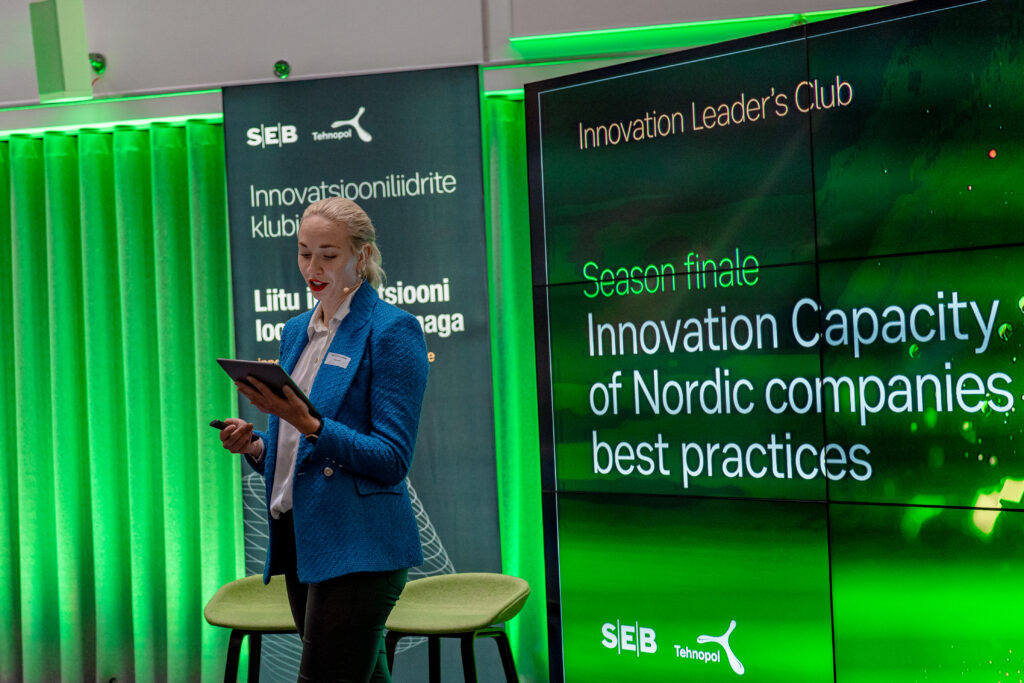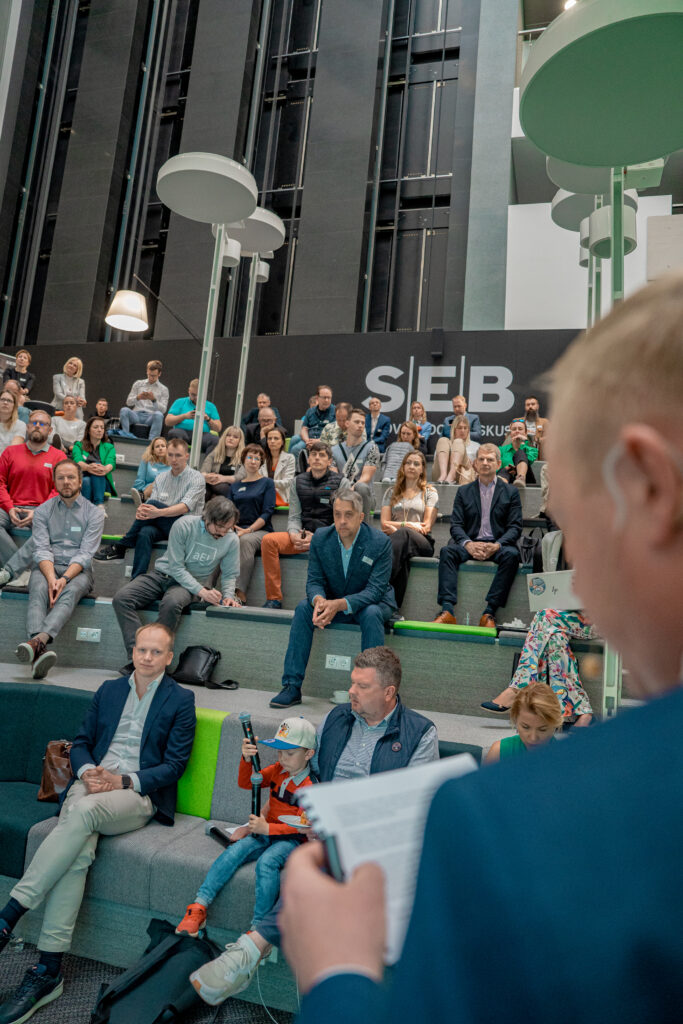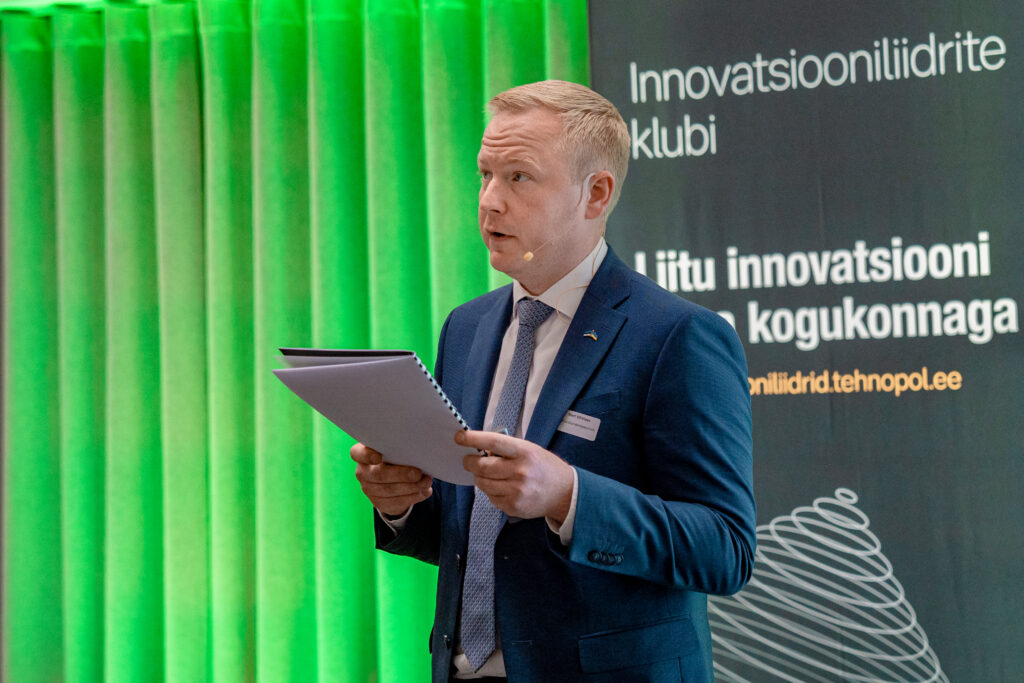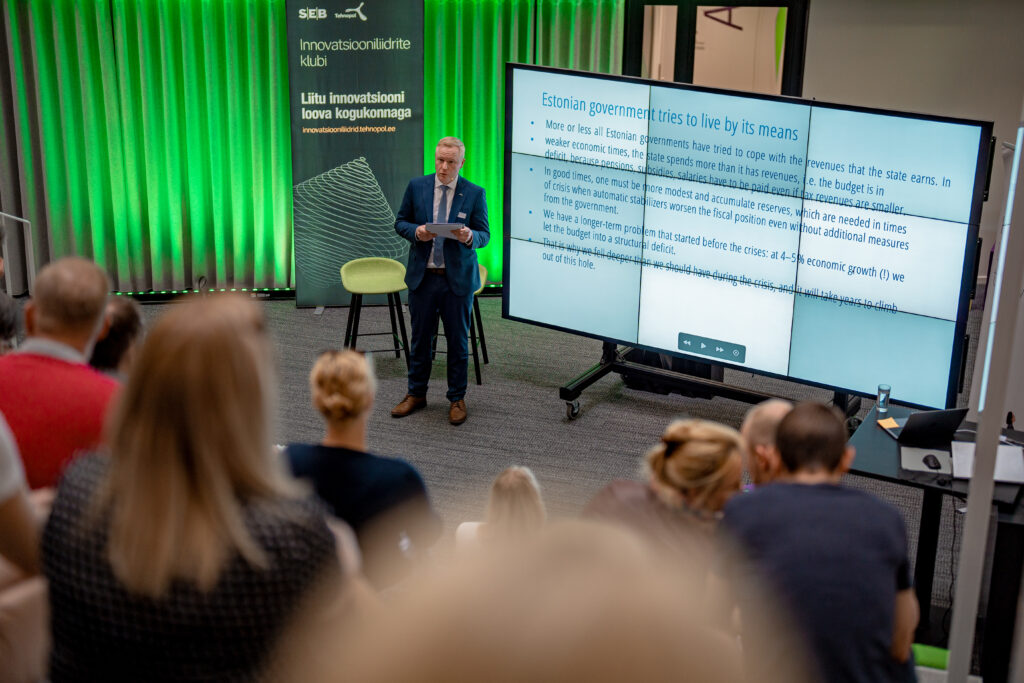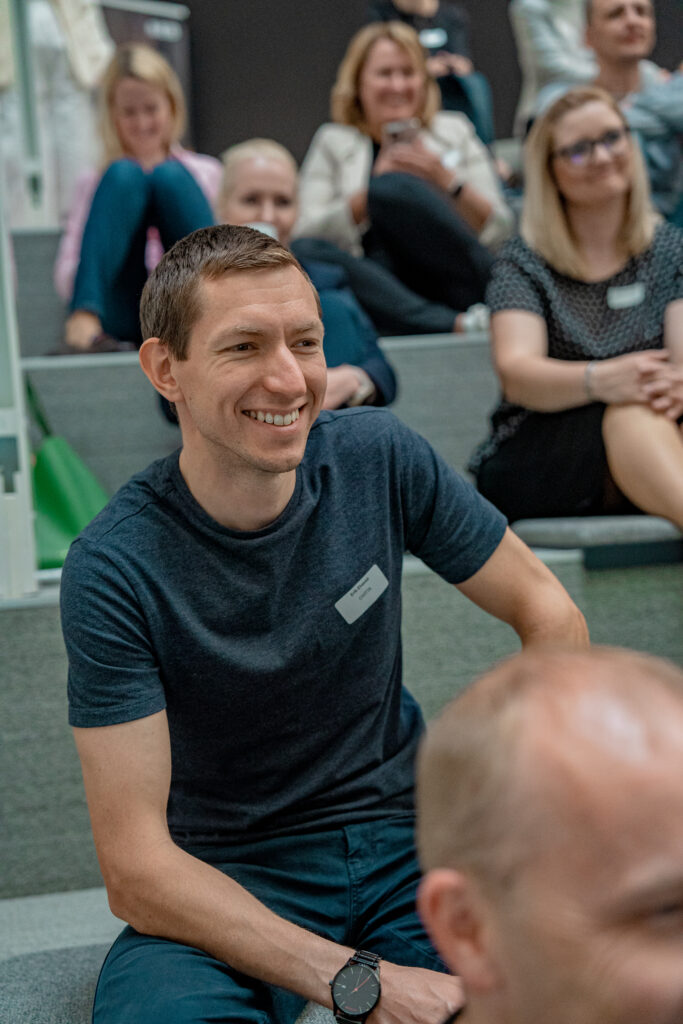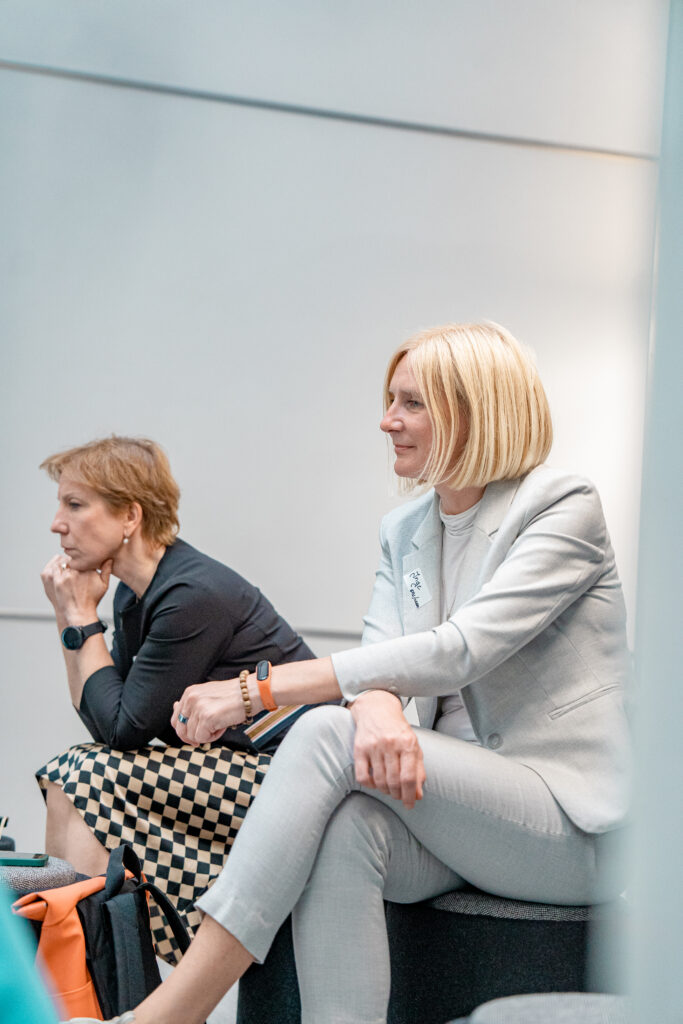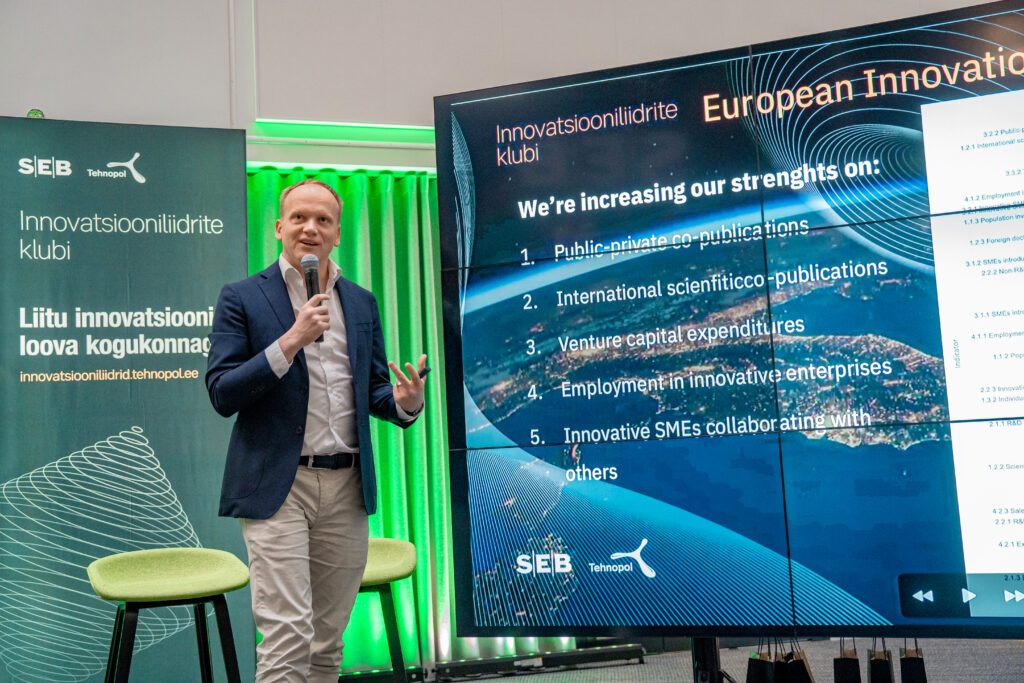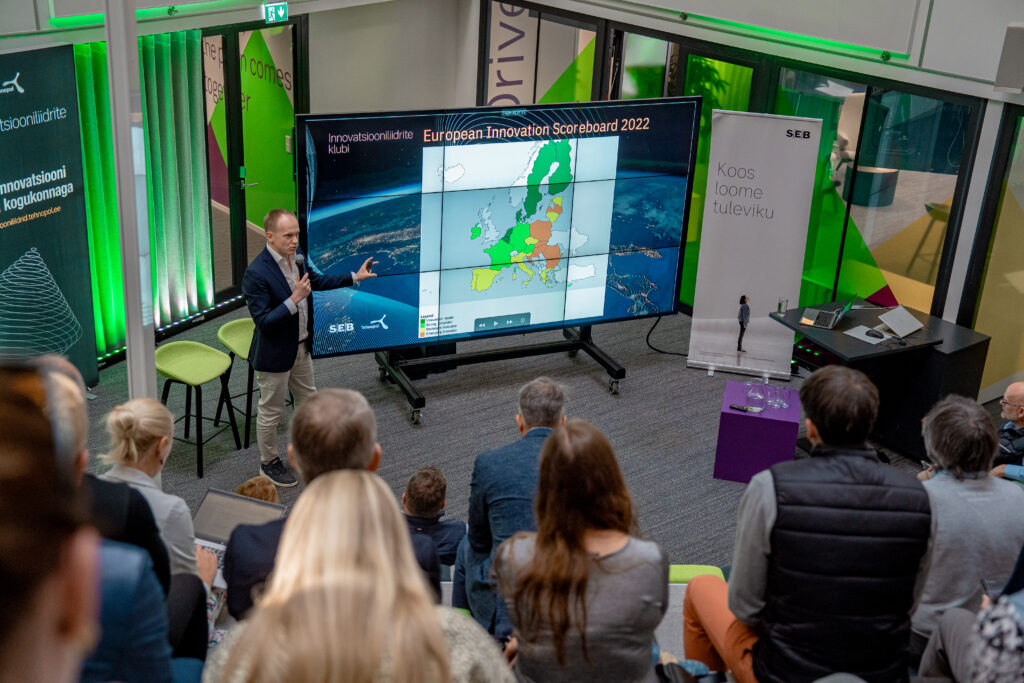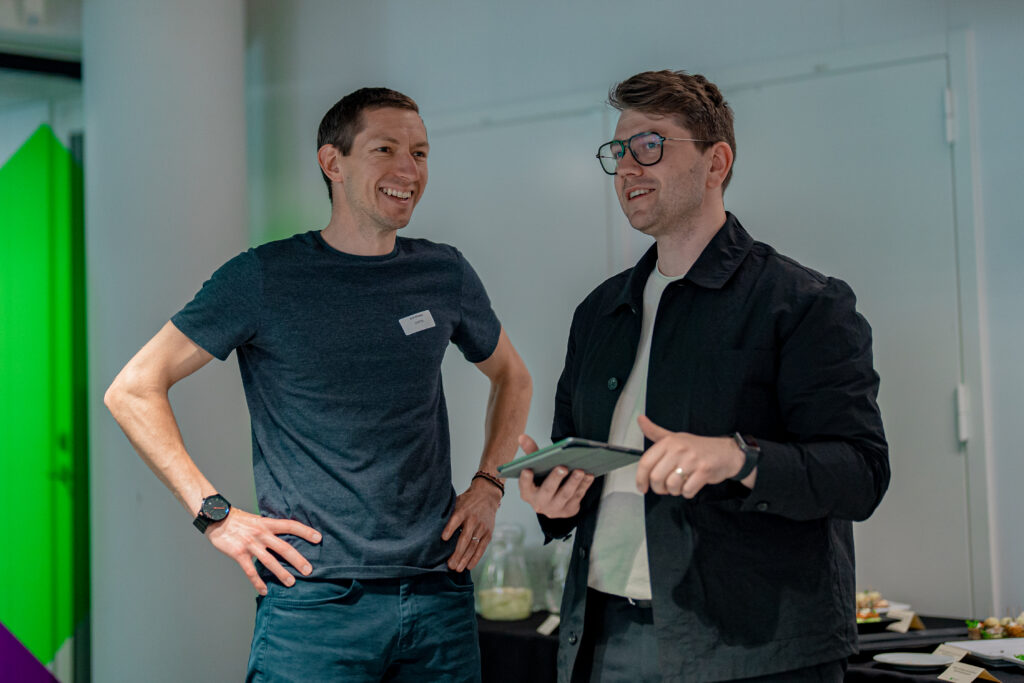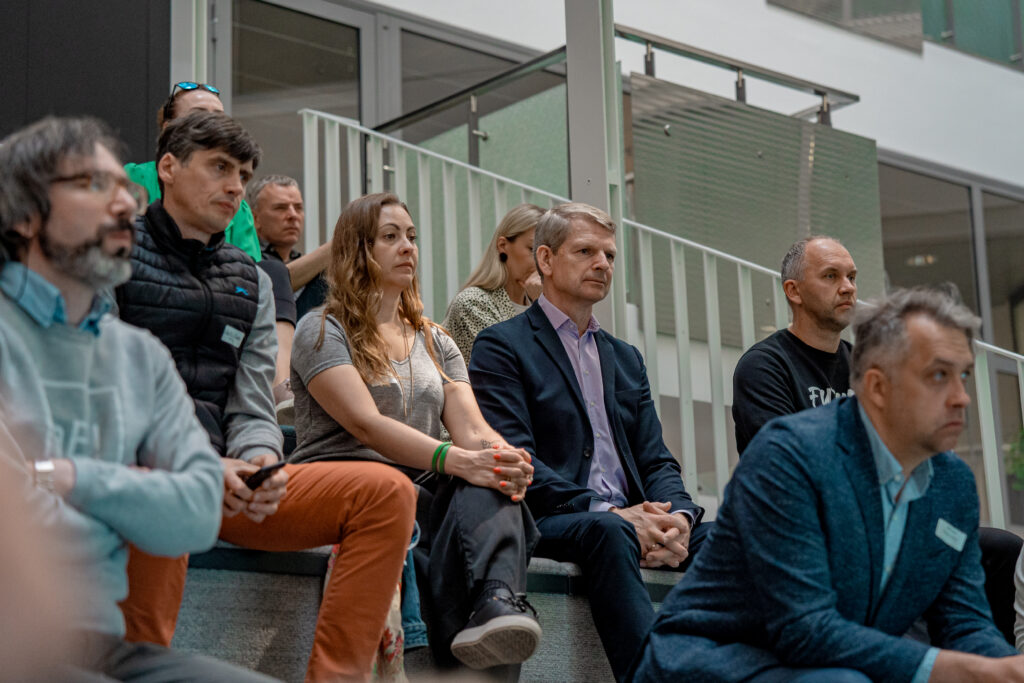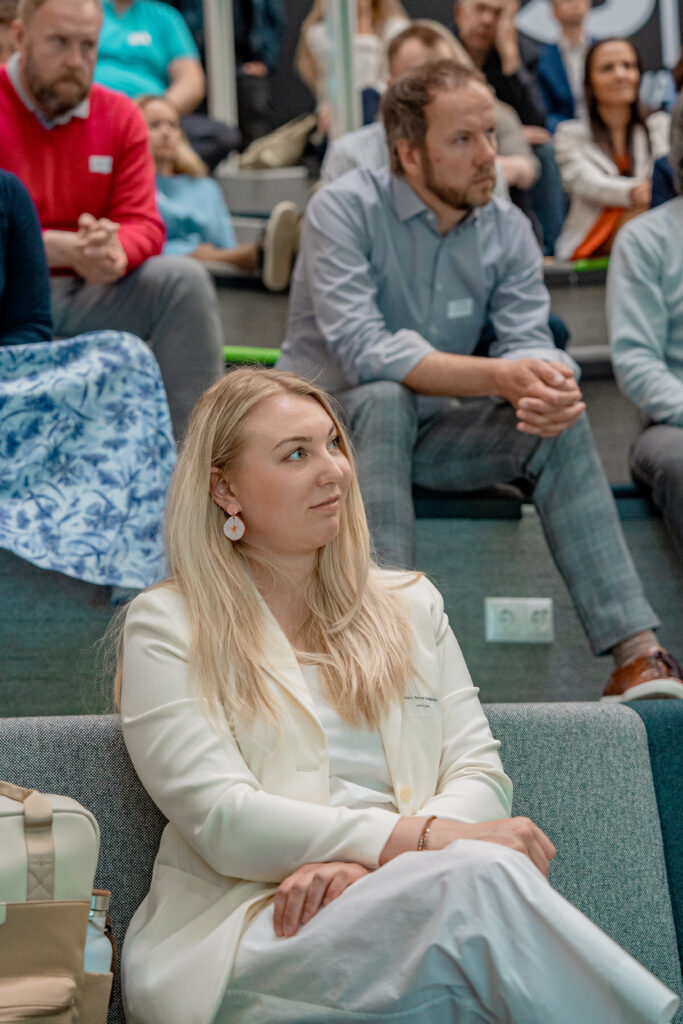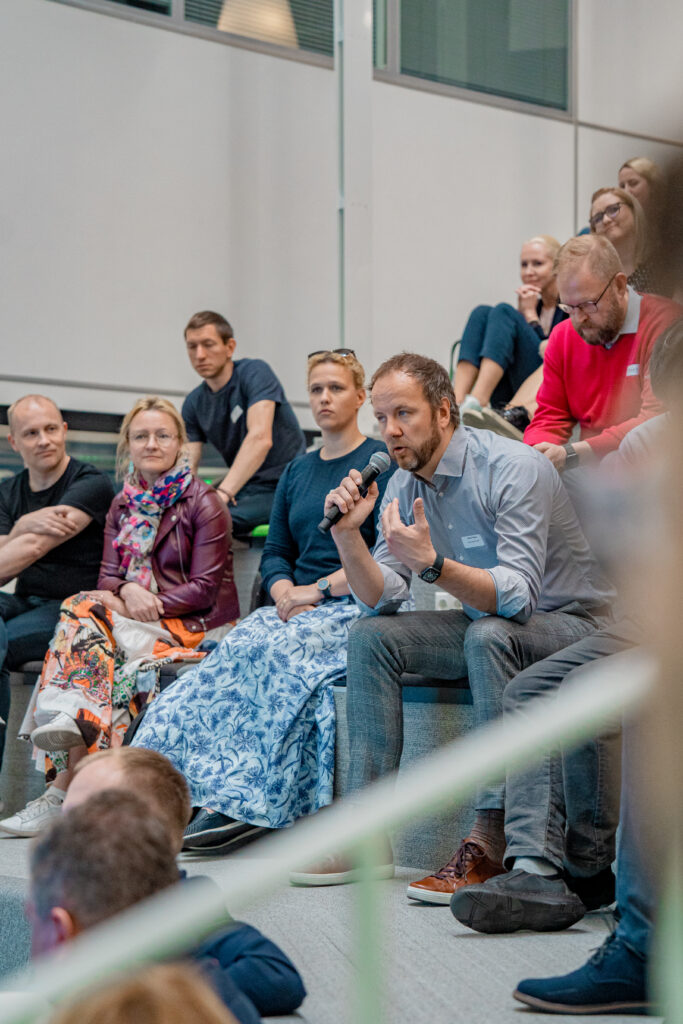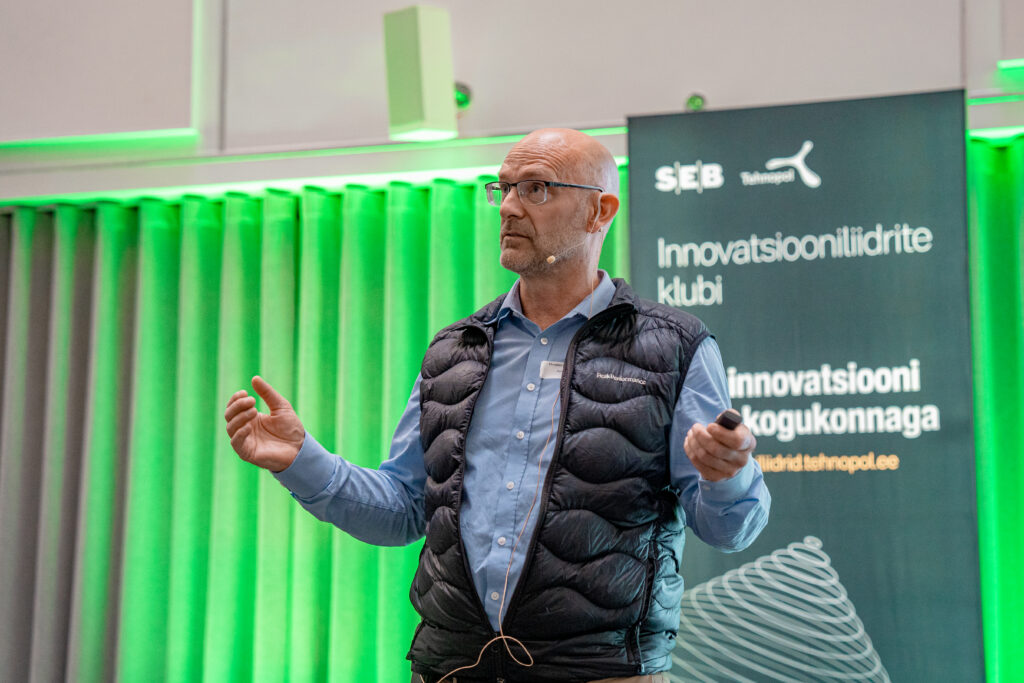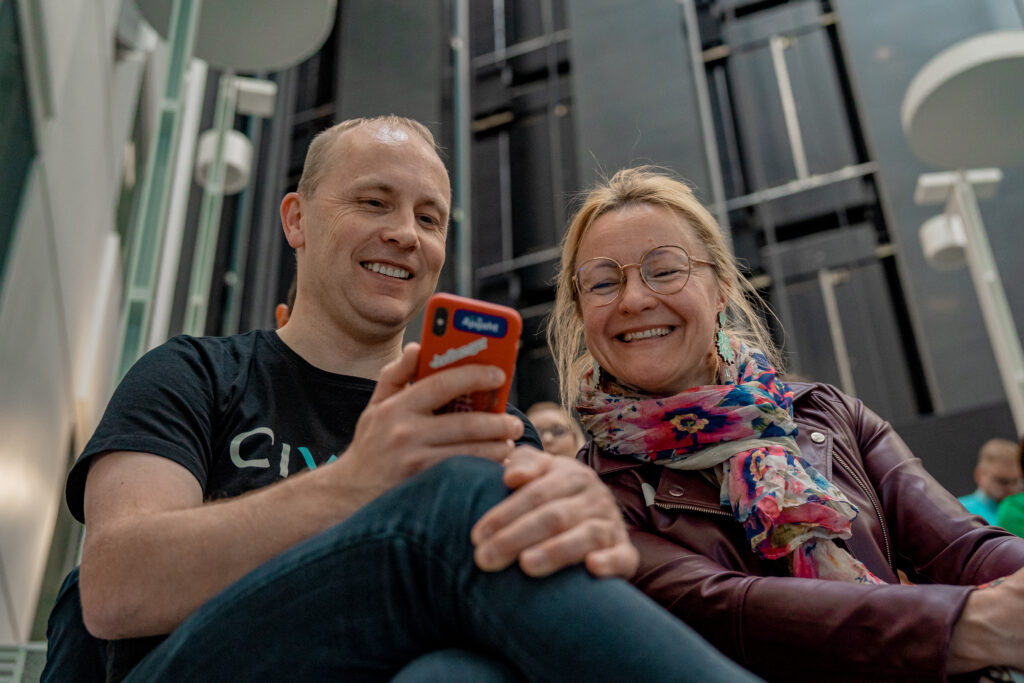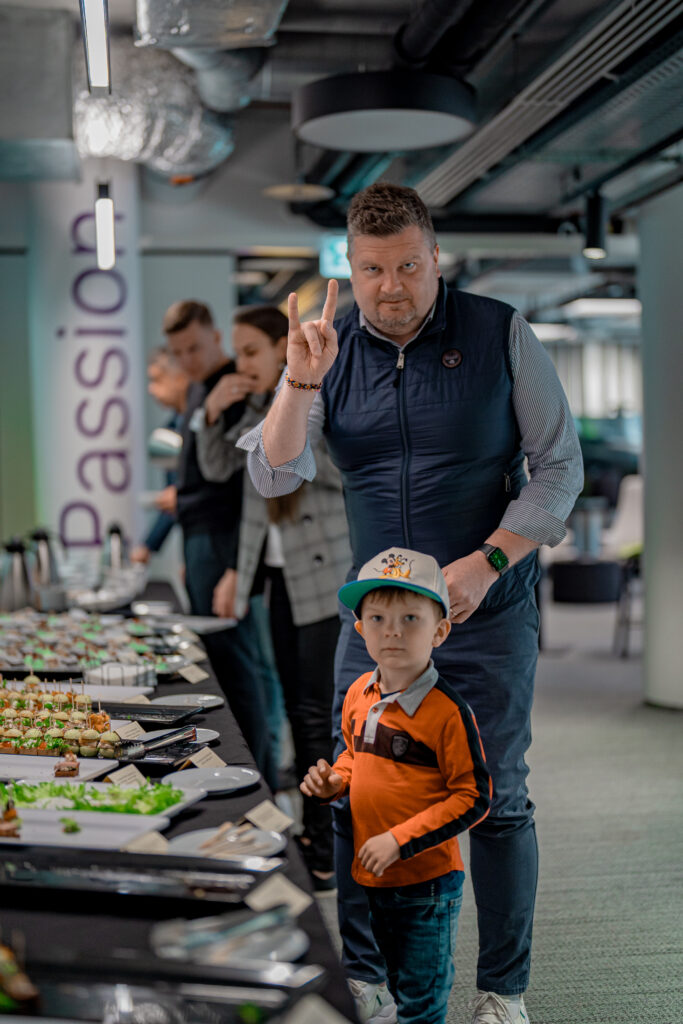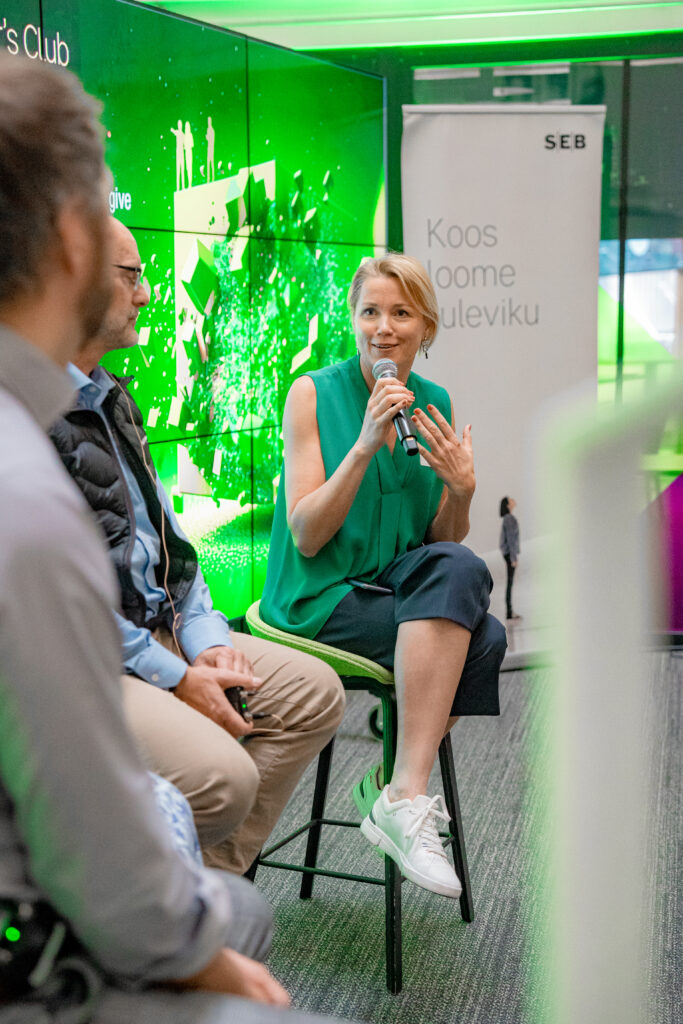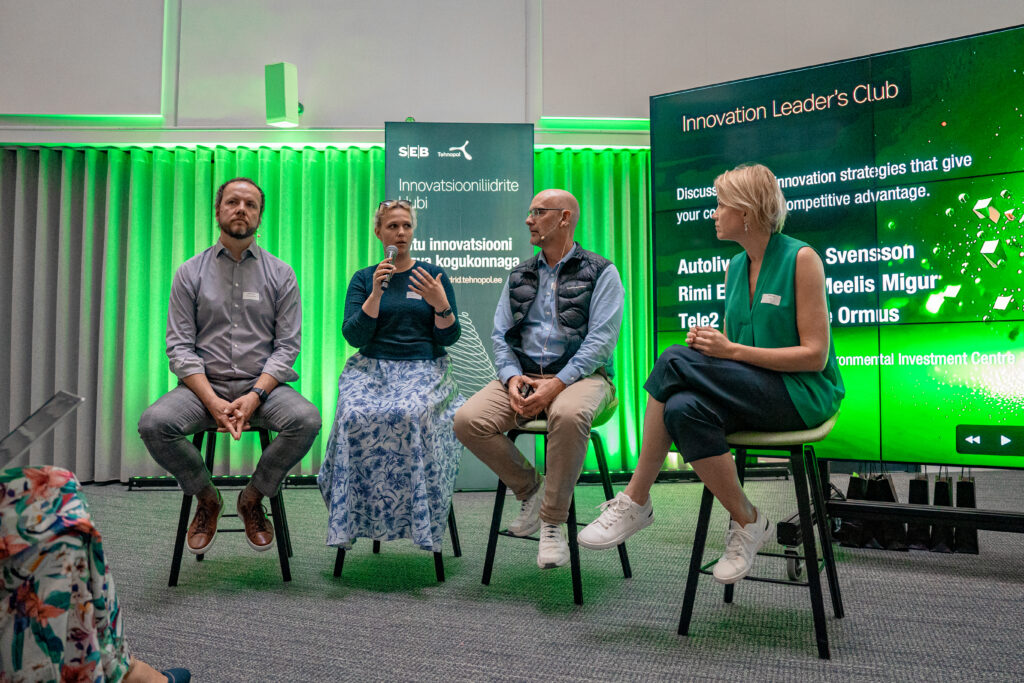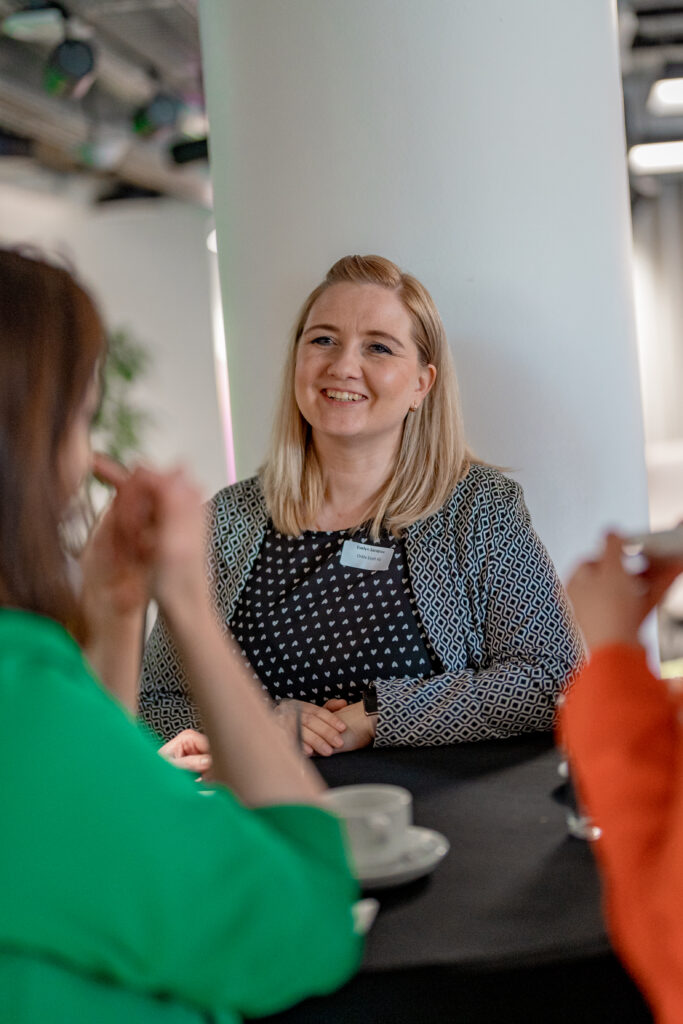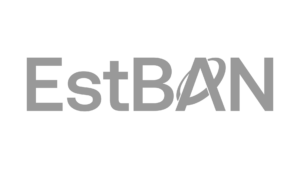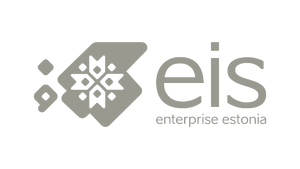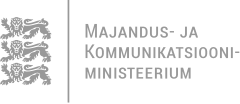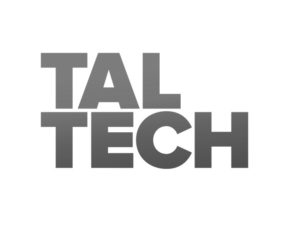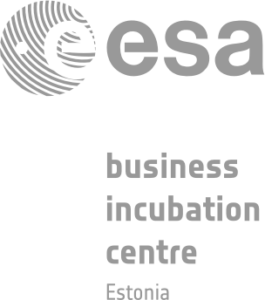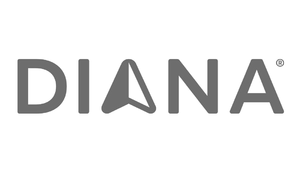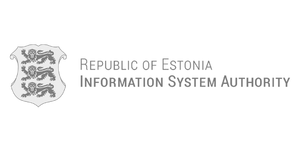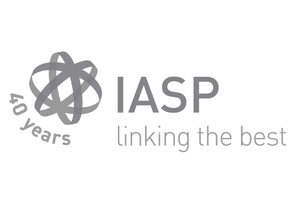27.06.2023
Continuous transformation creates successful innovation – best practices from Nordic companies
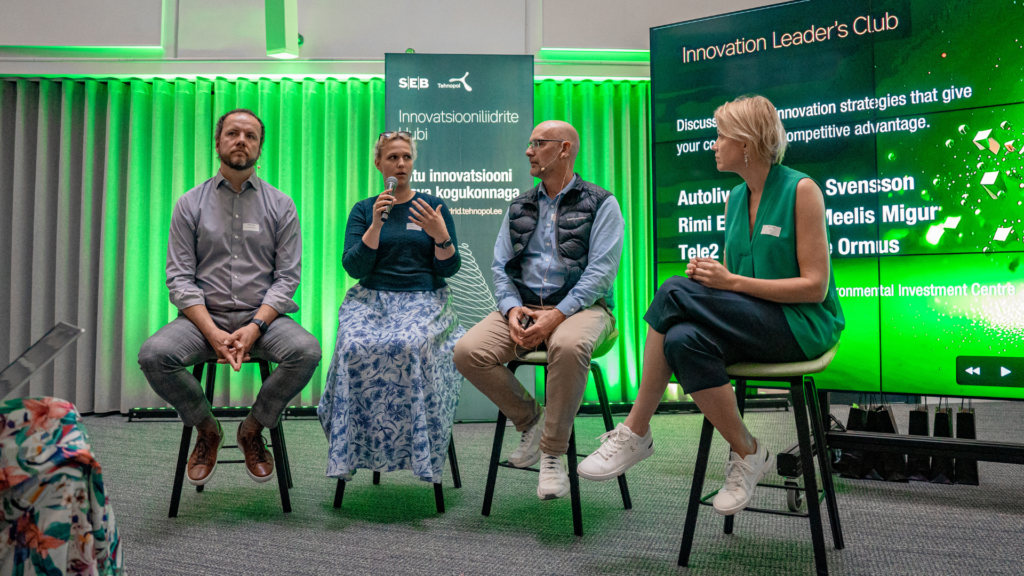
The Innovation Leaders Club members gathered for the season finale at SEB Innovation Centre to share best practices on innovation capacities. The aim of the event was to give an overview of Estonia’s position in the Global Innovation Index, including insights from the ministry regarding innovation investments and upcoming steps regarding economic growth.
Overview of public financing and its possibilities for innovation growth
The afternoon was opened by the Minister of Finance of the Republic of Estonia, Mart Võrklaev, who gave an overview of Estonia’s current financial state. Estonia recently held governmental elections and the new collision has been in office for a few weeks, which have certainly been active. Among many goals, the collision has set one goal to increase the innovation capacity of Estonia. To achieve this goal, the government intends to invest at least 1% of the GDP in research and development and 2% to support the private sector’s research and development activities.
Currently, the state budget is experiencing problems with deficit and debt, for which the new government is taking concrete measures to alleviate. For decades, Estonia has been known as the country with an incredibly low debt rate, which has set an example to other countries. But there is no need to deny that mistakes have also been made – in times of economic growth, the state budget fell into a significant deficit, without accumulating the necessary reserves for a possible crisis. Several crises have hit the world in recent years, also affecting Estonia, such as the corona crisis, energy crisis, and the Russian-Ukraine conflict, which has driven the state budget in a deeper deficit.
The new collision’s goal is to correct the deficit, with introducing a new tax package as one of the measures. Another important goal is to keep the financial sector secure. “Financial security is a broad topic, meaning reasonable public financing, but also that our economy and financial sector would be transparent, that our favourable investment environment would not be taken advantage of and that black money would not move here,” Võrklaev described.
The changes are necessary for the protection of Estonia and its future generations. “We will work hard to ensure that we can keep the economic environment competitive and the public finances sustainable,” Võrklaev ensured.
Innovation requires sustainability
The day continued with Siim Lepisk’s presentation, who is one of the steering committee members of the Innovation Leaders Club. Lepisk introduced several innovation indexes, global and European, and where Estonia places in those. Globally, Estonia ranks in the 17th place in terms of innovation – which is a strong standpoint, Lepisk figured. On an European level, Estonia ranks in the top 10 according to the innovation indexes. Lepisk also highlighted some areas where Estonia is the global leader, such as: new businesses established per 1000 people, importing ICT services and percentage of GDP received as venture capital – the latter also mirrors how Estonia has so many unicorns.
Lepisk emphasized the European Innovation Scorecard as a measure that does not compare us to other countries, but rather ourselves. According to this metric, Estonia has improved in regards to creating public-private international and scientific publications, investing in innovation capital and employment in innovative enterprises – and in the last 5 years – innovative SMEs collaborating with one-another. “This is also the purpose of the Innovation Leaders club, to bring different stakeholders together and create something new, magical and meaningful. So, this growth program is really building on these strengths and shows good growth”, Lepisk rejoiced.
He continued with an overview of the current funding opportunities and brought out that the situation currently is quite bleak – the investors have “stopped pouring money in”, therefore investments in new ventures have decreased rapidly. “When we look at the Estonian reality then we can see some big investments, but very few. This might not be news for startups, but for corporates it might come as a surprise that the investment climate this year is getting super tough”, Lepisk specified. He brought out that a lot of funds currently have the possibility to “sit” and this also contributes to the slower funding scene – investors are likely waiting for cheaper investment opportunities more towards the end of the year – if the companies are still operating, as it can be predicted that many startups will discontinue their activities due to lack of funds.
Lepisk also gave the hard truth about Estonia’s main weakness according to the metrics – our environment-related technology ratings have severely decreased. He brought an example of a company, whose answer on their sustainability policy that “they ride bikes to work and are vegan” was just not sufficient in their pitch. “Those who don’t have a plan are suddenly starting to lose revenue. You might think your footprint is good, but unless you have a plan how to make it better, you can be cancelled at any given moment”, Lepisk emphasized and introduced a solution – the Innovation Leaders Club, together with Tehnopol, have created a bi-product that companies can use to evaluate their sustainability level. “It’s a self-assessment plan in terms of sustainable development goals, choosing 3-5 goals that you consider relevant. Rather than having a plan which goes right into the drawer, this is the one that stays in your pocket to use at any time,” Lepisk recommended. The tool will be available for members this autumn.
Transformation expects innovation
The following presenter Christian Svensson shared the best practices on innovation of Autoliv, a company that literally saves lives on a daily basis. Their main production articles are seatbelts, airbags and steering wheels, meant to increase safety in various automotive vehicles. He gave the audience a brief tour through the history of Autoliv, as the company was established 70 years ago and continues to be successfully in business largely due to their adaptability. “Autoliv has been around for 70 years because we have continuously challenged the status quo and come up with new things, expanding the market over a pretty long time. We need to transform over time, otherwise we will disappear,” Svensson remarked.
The main driver behind Autoliv’s innovation journey has been the moto of “how we can save more lives?”. With products that seemingly do not have much capacity for innovation, Autoliv has managed to challenge the existing products and deliver innovation. “As we are one of the market leaders in these product groups, we need to be on top of our game in terms of what comes next.” He brought out that innovation can follow after changing the vision and the mission of the company. “When you change the vision and the mission, it has impact on the business. As before we were targeting to save lives, then a few years back we said that we should provide solutions for society at larger – this means to create great safety solutions for everything that moves.”
Svensson marks that being a global company definitely has its challenges – one being that new solutions need to fit the needs all over the world and there is a need to be efficient with the innovation process. “The innovation has to be linked to something and that is the market assessment and the need of the customer.” He emphasized that sometimes it takes time to show results in disruptive technologies.
He gave a curious example of Nobel prize winners – these people were studied in regards to their motivation and drive towards a Nobel prize. Svensson explained that they might have had the knowledge, that no one else had or the right contacts, but it was found that above all they had a vision for succeeding, even if everyone else assumed otherwise. He points out that this coin has its other side – in some cases you also need to be able to admit failure, and this applies to all innovation processes.
As someone who is working with the startup scene and universities, it has become clear to Svesson that there is a lot to gain with the creation of an ecosystem – also brought out by the previous presenter. It is necessary to have universities as knowledge bringers, corporations as long-time key players on the market, and startups as fresh idea presenters working together. “We need all of this and we need to continue evolving the ecosystem as it is a key factor to success and opening new platforms”, Svensson claimed.
What the future holds for Autoliv, Svensson elaborated that undeniably, there are big changes currently happening in the automotive space. He is certain that software potentials will be utilized on a larger scale and their development creates a lot of room for innovation. “The question is of course what is the next step – we are building on our core for new innovation and we know that the digital transformation is happening. In a sense it is like following the pulled strain of a rubber brand – we are kind of pulled to the future and it is up to us to follow it”, Svensson summed up.
The power of agility and big data in innovation
The final presentation of the day came from Meelis Migur, who is the IT manager and business partner at Rimi Eesti Food. Migur took the audience through Rimi’s journey in innovative practices and how the organization pushed itself to become more innovative. As of last year, the entire organization turned agile, meaning that now they are team-based, conducting sprints, making everything transparent and more, Migur pointed out.
Tackling food waste is one of the bigger goals for Rimi. Migur brought examples of how they have created solutions to this problem as a part of their innovation journey. As a majority of food waste is created in the customer’s home, Rimi collaborated with a startup to develop an app which helped the consumer to map products in their refrigerator in order to give suggestions for dinner preparation. Another path to tackling this problem was found through data analytics and AI, as a system was created which maps the products in the store via expiration date and giving guidelines on discounting the products. The system is featured on the consumer’s side as well as the customer can look from the app which nearby Rimi has discounted products in its store.
Migur pointed out that Rimi is a value-based company. With this approach, Rimi is also aiming to create value for its customers. The customers get annual summaries about their shopping habits and weekly personal offers based on their actual shopping history, which is aimed to create more meaningful shopping choices in the customer’s future by nudging them towards more sustainable choices via statistics. “For example, if you see that you are one of the 3% of plastic bag users, it might give you the tap on the shoulder to start using alternatives”, Migur claimed.
Adaptability and sustainability as key drivers for innovation
The event came to its finish with a panel discussion, in which Christian Svesson, Meelis Migur and Linda Marie Ormus from Tele2 took part. The discussion was moderated by Helen Sulg, who is the head of development and partnerships in the Environmental Investment Centre.
The discussion started with the hottest topic of the moment – AI. The panelists elaborated whether AI might indeed take over and agreed unanimously that AI and machine learning systems will rather complement current processes, not replace them. “Of course, we need guidelines in place to understand what AI can actually do for us”, Ormus specified. They also discussed the issue of AI’s environmental impact – a lot of these systems require a vast amount of resources to run and the sustainability aspect should be taken into account by every user. “We have to be conscious of the timing when it is feasible to take AI into use”, Migur figured.
The panel continued on the topic of how to manage the cost of innovation. The panelists compared their innovation journeys in terms of financing and concluded that it is necessary to evaluate the costs of innovating on a regular basis. Certain KPI’s and thumb rules can be placed to analyse the costs, but it is not a requirement. “You fail a lot before you succeed, and we continuously work towards value-adding services for our customers”, according to Ormus’ experience. Migur also shared that Rimi has high ambitions for future processes with out-of-the-box innovation in order to provide more value for their customers.
As sustainable operations are getting more attention in every company, the panelists discussed future trends within this area. It is clear that regulations and reporting are important indicators of where you stand. Ormus shared that for Tele2, renewable energy offers a lot of value in terms of sustainability, as their networks inevitably need energy to work, also recycling initiatives for old tech and more. Migur shared that they have to directly take into account their customers’ behaviour as well in their ESG activities, bringing an example of reusable packaging and exploring piloting different solutions. “The challenge is to come up with new ways to implement sustainable operations”, Svensson emphasised.
